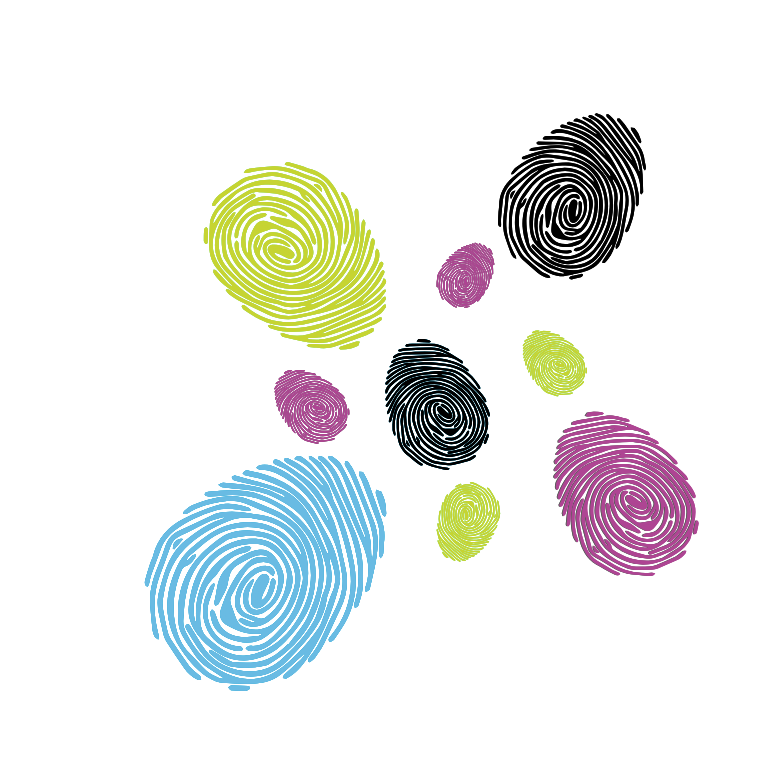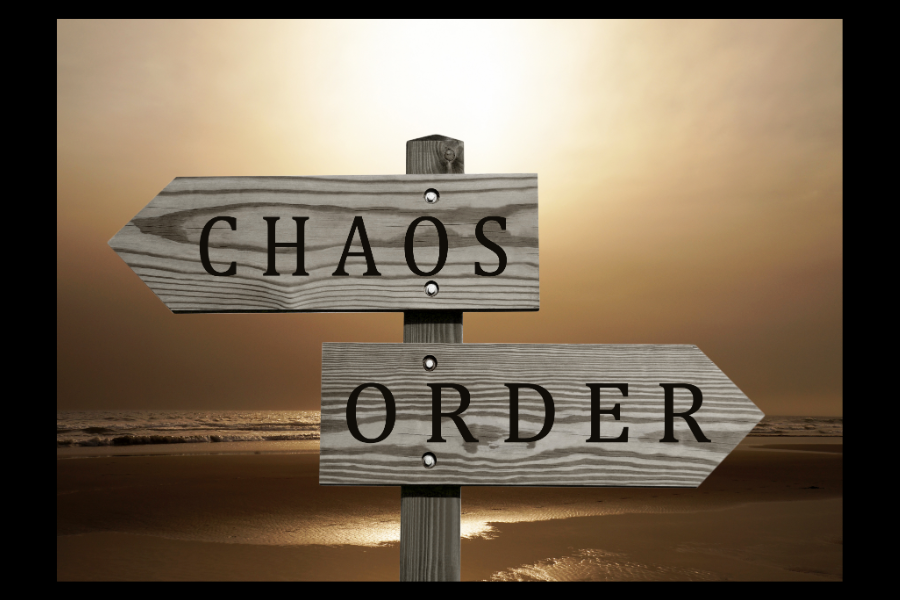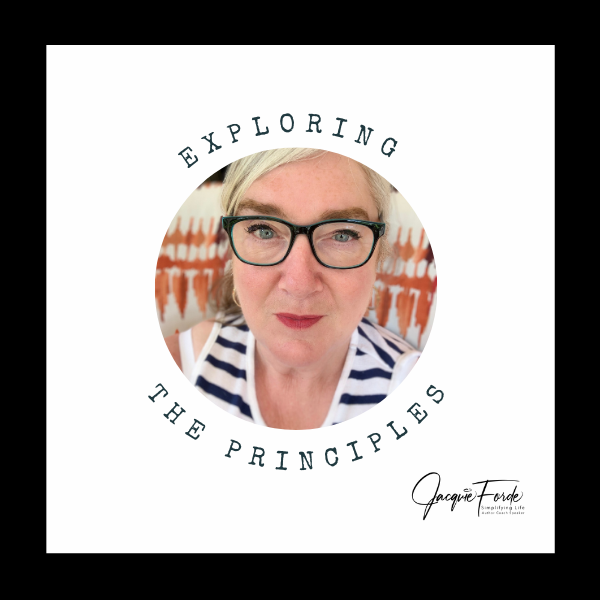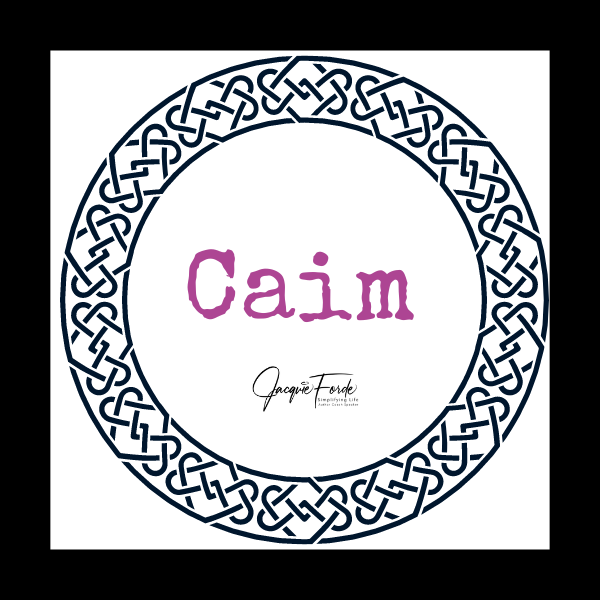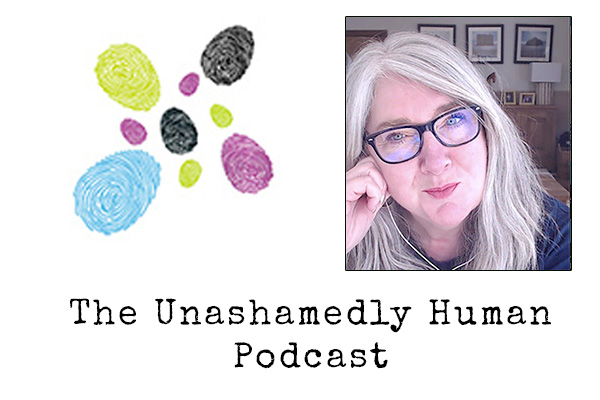Life is often likened to a symphony, a composition of experiences and emotions that dance together to create the unique melodies of our existence. Yet, hidden within the symphony of life is a paradoxical truth: chaos, the seemingly discordant notes, plays an essential role in crafting the harmonious tapestry of our unashamedly human journey.
When Eilidh and Archie, our grandchildren come to play our house quickly resembles a bomb site with everything everywhere and nothing in its place. I must admit at first I found this quite challenging having had a child free home for a number of years and with that freedom thoroughly enjoying the spaciousness and clutter free environment. However there is an intricate relationship between chaos, love and harmony when we draw insights from philosophy, psychology, the Three Principles and by unraveling the melodies of chaos, we discover how the off-key notes compose the most profound and resonant passages of our lives.
In the grand cosmic dance, chaos and order perform a perpetual waltz. Chaos, often viewed as disorder and confusion, exists alongside order, the structured and predictable. While these two concepts may seem inherently opposed, they are completely intertwined, giving rise to the delicate balance that shapes the world around us.
The ancient Chinese philosophy of Yin and Yang captures this interplay beautifully. Yin represents the receptive, intuitive, and ever-changing aspects of existence, while Yang embodies the active, rational, and structured elements. Just as Yin and Yang complement and complete each other, chaos and order coalesce to create the dynamic symphony of life. (Which at the moment completely mirrors the actions of our chilled out 1 year old grandson versus his dynamic 3 year old sister.) A wee sit down with Archie versus running around, jumping on beds escaping from Dinosaurs with Eilidh.
The Three Principles – Mind, Consciousness, and Thought – offer a lens through which we can understand and illuminate the nature of chaos and its relationship with our experiences.
- Mind: The universal source of all existence. It’s the infinite intelligence from which our thoughts and experiences arise.
- Consciousness: The awareness that allows us to experience life. It’s the canvas on which the movie of our thoughts and feelings is projected.
- Thought: The energy that brings life to our experiences. Our thoughts shape our reality, and they are the building blocks of our emotional and psychological states.
In this understanding , chaos is not the antagonist; it’s a natural product of Thought. Our thoughts are diverse and ever-changing, and they contribute to the dynamic interplay of chaos and order in our lives. Just as a musical composition shifts from dissonance to harmony, our experiences evolve through moments of chaos and clarity.
Chaos is often the container in which creativity and innovation are created. It disrupts established patterns and challenges conventional thinking, leading to the birth of new ideas and solutions. It is in the midst of chaos that our minds are free to explore uncharted territories, breaking away from the confines of routine and familiarity.
Consider the realm of art, where chaos serves as a muse for artists to experiment and express their innermost thoughts. The Abstract Expressionist movement, for instance, thrived on the chaotic process of applying paint to canvas in spontaneous and unpredictable ways. In this chaos, artists found a channel for emotional release and a means to evoke profound responses from their audience.
In our own lives, chaos often sparks moments of insight and ingenuity. When faced with challenges and uncertainty, our minds are pushed to innovate and adapt. The Three Principles illuminate the role of Thought in this process, reminding us that our perceptions of chaos are influenced by our thoughts. By embracing the potential for creativity within chaos, we transform disorder into a canvas of possibilities.
Just as chaos fuels creativity, it also serves as a catalyst for personal growth and transformation. The most profound periods of growth often emerge from times of upheaval and uncertainty. In the crucible of chaos, we are called upon to confront our fears, adapt to change, and redefine our perspectives.
The Buddhist concept of impermanence echoes this truth. It teaches us that change is inherent in all aspects of existence, and embracing this truth liberates us from attachment and suffering. Chaos, in its transformative capacity, encourages us to release our grip on the familiar and welcome the unknown with open arms.
The Three Principles offer a profound understanding of this transformative process. Through the interplay of Mind, Consciousness, and Thought, we recognize that our thoughts shape our perception of chaos. When we view chaos as an opportunity for growth and evolution, we embark on a journey of self-discovery that transcends the temporary discomfort it may bring.
In the grand symphony of our lives, chaos is not an anomaly; it’s a fundamental note that contributes to the beauty of the composition. Just as dissonant chords lend depth to a melody, chaos enriches our experiences, adding layers of complexity and depth to our personal narratives.
The Taoist philosophy of wu wei, or “non-action,” aligns with this perspective. It encourages us to flow with the natural rhythm of life, embracing both chaos and order as integral components of existence. When we cease resisting the presence of chaos, we find ourselves in a state of serenity – a space where chaos and harmony coexist harmoniously.
Through the lens of the Three Principles, we discover that our experience of chaos is subjective. Our thoughts influence the way we perceive and respond to chaotic situations. By cultivating an attitude of acceptance, we serenade chaos with a melody of understanding and harmony.
Life’s symphony is a composition of chaos and harmony, notes of disarray intertwined with melodies of coherence. Guided by the understanding of the Three Principles, we navigate the ebb and flow of these elements, recognizing that chaos is not a disruptor but an integral part of the music of our lives.
The off-key notes, the dissonant chords, and the moments of chaos create contrast and texture, allowing the harmonious passages to shine even brighter. Just as a symphony crescendos and decrescendos, our experiences oscillate between chaos and clarity, inviting us to embrace the entire spectrum of our human journey.
As we serenade chaos, we come to understand that chaos is not the absence of order; it’s a complementary force that propels us toward growth, creativity, and transformation. By acknowledging chaos as an essential component of our existence, we move closer to the authentic harmony that transcends the surface-level dissonance. The grand symphony of our lives unfolds, enriched by the interplay of chaos and harmony, creating a composition that resonates with the profound insights of the Three Principles and the depth of our shared human experience.
Nowadays I leave the mess as it happens with Eilidh and Archie and remain fully present whilst being knee deep in soft toys, bean bags and as much slime and soya yoghurt as I can tolerate, flowing with the rhythm of life.
Why not come join me in The Unashamedly Human School …Find out more here….www.jacquieforde.com
